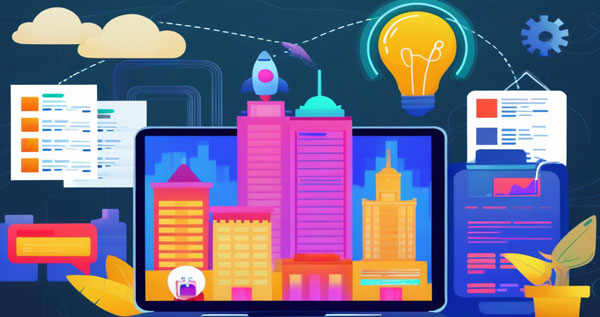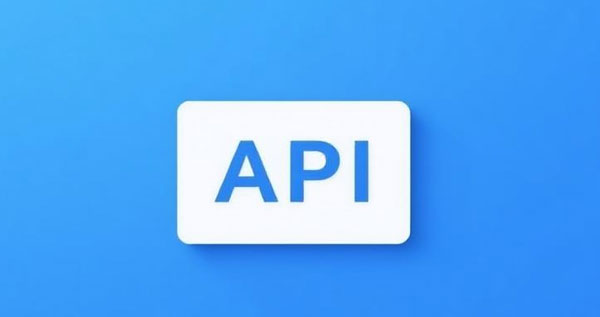Mastering WhatsApp API Message Types and Content Guidelines: The Key to Building High-Quality Conversational Experiences
1. Why Should You Understand Message Types and Content Rules Deeply?
When businesses build customer communication scenarios using the WhatsApp API, sending messages goes far beyond simply “writing content → sending it.” To protect user experience, WhatsApp has established a comprehensive and strict message classification and review mechanism. Understanding the logic behind this helps you:
Increase Template Approval Rates: Whether your templates pass Meta’s review determines how fast your business can launch;
Enhance User Experience: Clear structure and appropriate tone build user trust;
Reduce Risk of Bans: Avoid non-compliant behaviors and safeguard your business account;
Improve Operational Efficiency: Precisely managing message types and sending strategies optimizes your automation flows.
Ignoring these details can be costly, leading to undelivered messages, user complaints, account throttling, or even permanent bans.
This article will help you fully master WhatsApp message types, structure standards, and strategic applications from both technical and business perspectives.
2. Overview of Message Types
The WhatsApp API messaging system consists of three core types, each serving different business scenarios and with different sending requirements:
2.1 Session Messages
Definition: Messages sent during an "open window"—either initiated by the user or sent by the business within 24 hours of the user’s last message.
Content Types: Supports text, images, documents, videos, audio, location, contact cards, and other multimedia formats.
Restrictions: After 24 hours, you must use a pre-approved template message to restart the conversation.
✅ Typical Use Cases:
Customer support replies within 24 hours of inquiry;
Chatbot-guided flows like “Do you need human support?”;
Order tracking or delivery status inquiries.
Pro Tips:
Use automation to instantly reply to users and keep the session window active;
Set up keyword-triggered replies for repeated queries to improve efficiency.
2.2 Template Messages
Definition: When businesses proactively send messages to users (e.g. notifications, reminders), a Meta-approved message template is required.
Structured Design: Supports variables (e.g., user name, order number), multilingual options, and interactive buttons (quick replies, URL links).
Content Review: Templates undergo strict approval—promotional claims, clickbait, or unsolicited offers are prohibited.
✅ Typical Use Cases:
Shipping updates, account verification;
Meeting reminders, appointment confirmations;
After-sales follow-ups, satisfaction surveys.
Advanced Tips:
Design templates in the user’s native tone, e.g., polite phrases like “Hello” or “Please confirm”;
Use action-oriented button labels like “Confirm Now” or “View Details” to drive clicks;
Send personalized templates at scale via API for stronger engagement.
2.3 Interactive Messages
Definition: Enhanced message formats with buttons and menus to reduce user input effort and improve dialogue efficiency.
Supported Types:
Quick Reply
Call-to-Action (URL or phone dial)
List Message: ideal for scenarios with many options
✅ Typical Use Cases:
Automatic routing in customer support (e.g. technical, sales, after-sales);
Product or plan selection;
New user onboarding flows.
Practical Strategies:
For services with multiple selections (store/appointment/time slot), use list messages;
Quick replies work best for binary choices like “Yes/No” or “Satisfied/Unsatisfied”.
3. Breakdown of Template Message Structure
Standard Template Fields:
Field | Description | Required |
|---|---|---|
| Top section, supports text, image, video | No |
| Main message body, supports variables like {{1}} | Yes |
| Bottom note, often used for disclaimers | No |
| Up to 3 buttons, supports quick reply or link | No |
✅ Example Template:
{"name": "shipping_update",
"language": { "code": "en" },
"components": [
{
"type": "body",
"parameters": [
{ "type": "text", "text": "John" },
{ "type": "text", "text": "XYZ123" }
]
}
]
}
Content Design Best Practices:
Accuracy: Avoid typos and redundancy; keep it business-relevant;
Compliance: Avoid sweepstakes, discounts, red envelopes, or urgency-based sales language;
Neutral Tone: Use notification-style messages, e.g., “Your order has been shipped”;
Stability: Minimize template edits; plan variables carefully before submission.
4. Content Compliance and Key Considerations
4.1 Common Reasons for Rejection:
❌ Promotional Language: “Buy now,” “Limited offer,” etc.
❌ Aggressive or Misleading Tone: “You must click this link or…”
❌ Improper Variable Usage: Unclear or misplaced {{1}}
❌ Misuse: Templates meant for service being used for marketing
4.2 Tips to Improve Approval Rate:
✅ Clearly define template use (e.g., “Used for shipping notifications”);
✅ Use descriptive variables (e.g., {{1}} = customer name);
✅ Provide examples to help reviewers understand the use case;
✅ Avoid overuse of exclamation marks, all caps, and excessive emphasis.
4.3 Managing Multilingual Versions:
Each language version must be submitted separately;
All versions should have consistent structure and variable meaning;
Avoid machine translation—ensure natural, localized language;
Use official language codes like
zh_TW(Traditional),zh_CN(Simplified),en_US.
5. How to Use the API to Send Different Message Types?
Using Python + requests, here’s an example of sending a template message:
import requestsheaders = {
"Authorization": "Bearer YOUR_ACCESS_TOKEN",
"Content-Type": "application/json"
}
json_data = {
"to": "1234567890",
"type": "template",
"template": {
"name": "shipping_update",
"language": { "code": "en" },
"components": [
{
"type": "body",
"parameters": [
{ "type": "text", "text": "John" },
{ "type": "text", "text": "XYZ123" }
]
}
]
}
}
response = requests.post("https://graph.facebook.com/v17.0/YOUR_PHONE_ID/messages", headers=headers, json=json_data)
print(response.status_code, response.text)
Additional Tips:
Integrate with a message log system to track return codes (200, 400, 403) for debugging;
Implement retry logic to handle network delays or Meta service lag.
6. How to Flexibly Apply Message Structures in Real Business Scenarios?
6.1 User Registration Flow
Scenario: Verifying phone numbers during new user signup.
Use template messages to send a verification code:
Your code is {{1}}. Please verify within 5 minutes.Include buttons like:
Verified/Resendfor better user flow.
6.2 Customer Support and Ticketing System Integration
Tool Tip: Combine with third-party number validation APIs like Luckdata to verify users in advance.
import requestsheaders = { 'X-Luckdata-Api-Key': 'your_free_key' }
json_data = { "phone_number": "85291234567" }
response = requests.post(
'https://luckdata.io/api/whatsapp-number-validator/rltsvuouydi1',
headers=headers,
json=json_data,
)
print(response.json())
✅ Benefits:
Reduce failed message sends;
Improve agent efficiency and resolution success;
Integrate with CRM to filter target customers.
6.3 Transaction and Service Reminders
Example Application:
Template:
Dear {{1}}, your order {{2}} has shipped. Click below to track.Add a URL button:
Track Nowlinking to your logistics page.
7. Conclusion
Mastering WhatsApp API message types and content rules is not just about compliance—it’s the foundation for building trust and delivering excellent user experiences.
By leveraging session messages, template messages, and interactive messages, and combining them with compliant design and intelligent delivery, businesses can achieve:
✅ Enhanced User Experience: Clear, relevant content minimizes churn;
✅ Higher Conversion Rates: Interactive buttons and verification tools encourage next steps;
✅ Platform Risk Control: Avoid violations and keep your account safe;
✅ Cost Efficiency: Filter users smartly, avoid redundancy, increase delivery rate.
The future of user communication is no longer “I send, you read”—it's “I understand you, I guide you, I serve you.”




